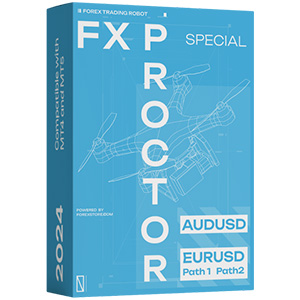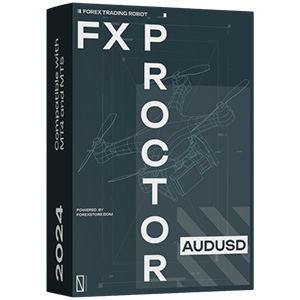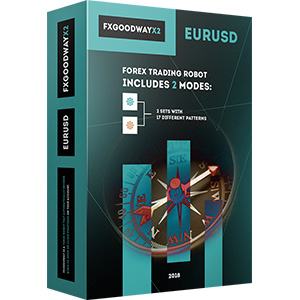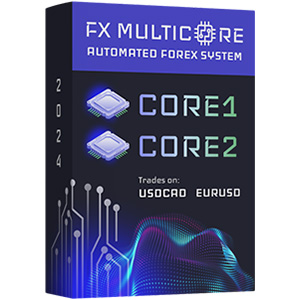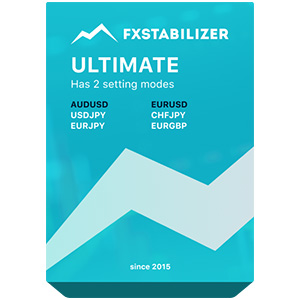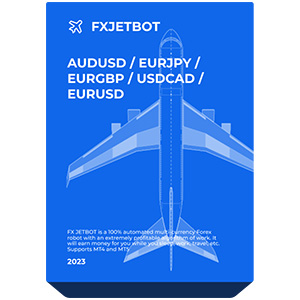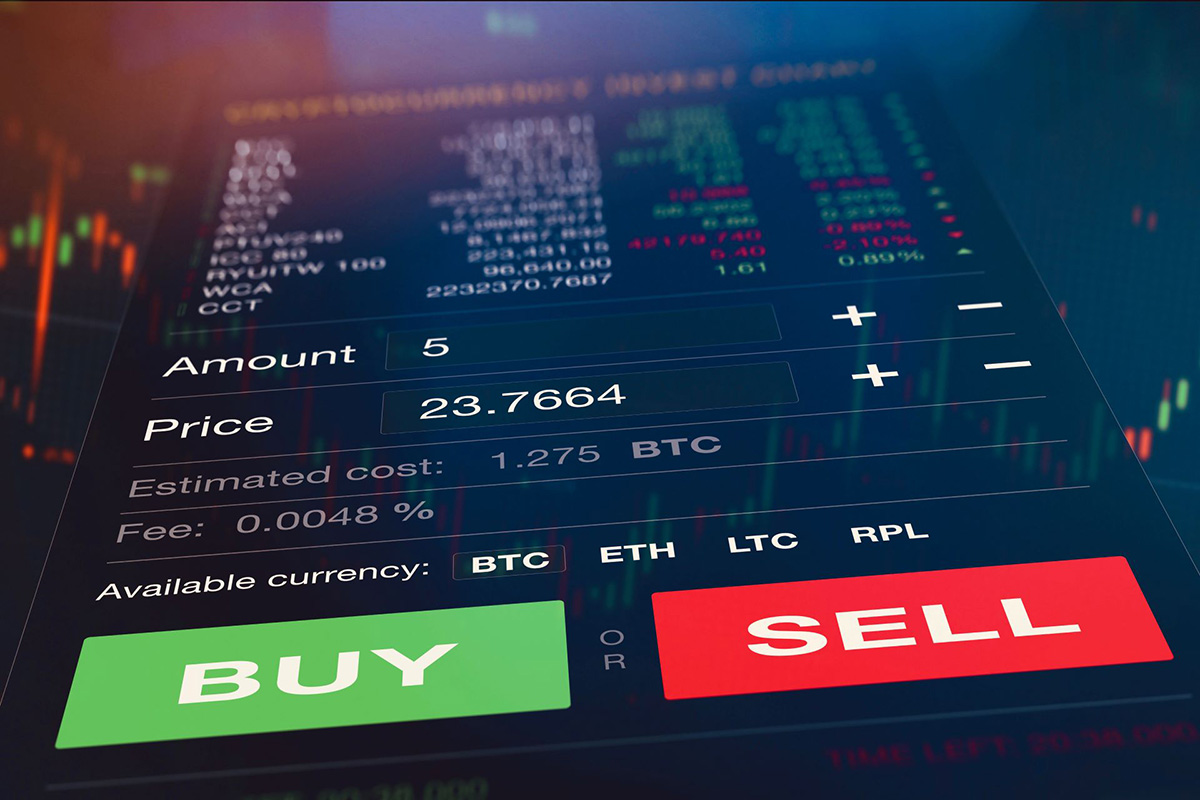
Il trading manuale ti permette di studiare attentamente tutti gli strumenti disponibili e capire come funzionano i grafici e cosa stanno dicendo gli indicatori e i segnali. Tuttavia, il trading manuale richiede il coinvolgimento a tempo pieno del trader nel processo e limita anche le loro opportunità potenziali al numero di transazioni che possono effettuare fisicamente. Quindi, a differenza del trading manuale, c'è il trading algoritmico. Si basa su modelli matematici e istruzioni pre-progettate che costituiscono la base di un algoritmo informatico. Pertanto, tutte le operazioni possono essere eseguite senza il coinvolgimento diretto del trader.
Dovresti iniziare a familiarizzare con il trading algoritmico nel mercato Forex ottenendo risposte alle domande principali: cos'è il trading algoritmico e come funziona il trading algoritmico? Ciò aiuterà a scegliere la strategia ottimale, massimizzare i profitti e ridurre i rischi.
Caratteristiche del mercato Forex
Il mercato valutario Forex consente ai trader di entrare nel mercato con un investimento minimo, monitorare i prezzi in tempo reale e reagire rapidamente a qualsiasi cambiamento. Attualmente, il mercato Forex è il più grande e liquido, con un volume di scambi giornaliero di circa 6,6 trilioni di dollari e in crescita. Le principali valute sul Forex sono il dollaro, l'euro e lo yen giapponese. I partecipanti al mercato Forex sono molto diversi nei loro approcci, strategie e volume. Qui puoi incontrare chiunque:
- Aziende finanziarie e società;
- Banche private e centrali;
- Fondi pensione;
- Investitori e rivenditori.
Questo spazio è adatto per l'attuazione di qualsiasi strategia di trading che un trader sceglie, compreso il trading algoritmico nel Forex praticato da molti trader. Grazie a questo, i trader hanno un vantaggio in velocità, precisione e assenza di emozioni durante le transazioni.
Cos'è il trading algoritmico nel Forex?
Il trading algoritmico Forex è un metodo di trading che utilizza un programma informatico che ti permette di scambiare valute e altri asset basandoti su un certo insieme di regole. Dall'esterno, sembra troppo bello per essere vero: l'algoritmo esegue operazioni in modo indipendente e moltiplica i profitti. Tuttavia, il trading algoritmico è stato attivamente utilizzato sul mercato da quando è apparsa la possibilità tecnica per farlo. Il principale vantaggio del metodo è la velocità. Riduce anche i rischi e i costi operativi. Un programma informatico può basarsi su un prezzo, un termine o altri modelli matematici
Ci sono diversi tipi di trading algoritmico nel Forex. Le opzioni più popolari sono:
- Copertura automatica per ridurre i rischi. Le opzioni più popolari sono i contratti spot e le opzioni valutarie.
- Trading statistico, basato sull'analisi dei frame temporali storici.
- Trading algoritmico ad alta frequenza (HFT) ti permette di eseguire operazioni il più rapidamente possibile ed ha una frequenza elevata. Puoi paragonare questo modo di trading allo scalping, ma l'HFT è più rischioso in un mercato volatile.
- Arbitraggio triangolare ti permette di convertire una valuta in se stessa effettuando transazioni con altre valute. Tali opportunità sono difficili da notare e realizzare manualmente, ma il trading algoritmico ti permette di farlo.
Il trading automatizzato si forma al crocevia dei mercati finanziari e della programmazione informatica, grazie al quale il trading è privo del fattore umano, in particolare, delle emozioni superflue. Pertanto, ti permette di piazzare ordini istantaneamente, ridurre le commissioni di transazione ed eseguire transazioni in momenti precisi.
Come funziona il trading algoritmico Forex?
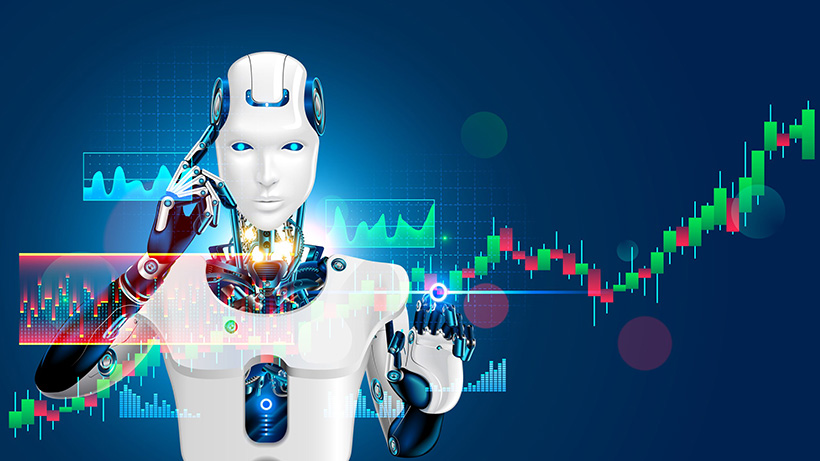
Il trading algoritmico richiede esperienza con i mercati azionari o valutari. Anche se tutte le operazioni sono eseguite da un programma informatico, il successo e la redditività dipendono direttamente dalle impostazioni e istruzioni fornite. Ad esempio, il programma è programmato per soddisfare solo due condizioni:
- Acquista 10 lotti quando la media mobile a 200 giorni diventa inferiore alla loro media mobile a 50 giorni.
- Vendi 20 lotti quando la media mobile a 200 giorni incrocia la media mobile a 50 giorni.
Il programma monitora automaticamente le opportunità di trading in base alle condizioni specificate e monitora i prezzi e i grafici. Tuttavia, inizialmente è il trader che deve scegliere la strategia ottimale e impostare le condizioni per effettuare transazioni redditizie.
Principi di base delle strategie di trading algoritmico Forex
Le strategie di trading algoritmico Forex mirano a sfruttare le opportunità di mercato in modo da ridurre le perdite e i rischi potenziali e massimizzare i profitti. Vediamo le opzioni più comuni.
Monitoraggio delle tendenze
Il seguire le tendenze è uno dei trading algoritmici più semplici nel Forex. Un ordine di acquisto o vendita viene generato in base al monitoraggio delle tendenze di mercato e avviene in base a indicatori tecnici forniti. Vengono presi in considerazione indicatori come i livelli di supporto e resistenza, le medie mobili, i breakout e i livelli di prezzo. Basandosi su questa strategia, è più facile capire come funziona il trading algoritmico.
Utilizzo delle opportunità di arbitraggio
Le opportunità di arbitraggio si realizzano sotto la condizione di acquistare asset su un mercato a prezzi più bassi e venderli su un altro a prezzi più alti. Questo è il modo meno rischioso per fare soldi su Forex. Le opportunità di arbitraggio possono durare diversi secondi, quindi è impossibile approfittarne manualmente. Tuttavia, l'algo-trading fornisce l'opportunità tecnica per farlo. In questo modo, molte transazioni possono essere effettuate entro un minuto. La differenza di prezzi sui mercati è spesso piccola, quindi si può fare soldi solo scambiando posizioni importanti.
Reversione alla media
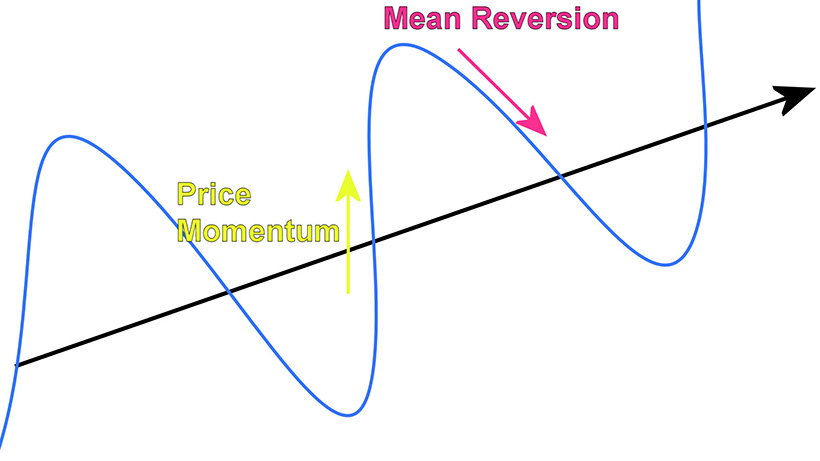
I mercati fluttuano l'80% del tempo, i prezzi alti e bassi sono temporanei, il prezzo ritorna sempre al livello medio dopo aver raggiunto valori estremi. Tale assunzione forma la base della strategia di reversione alla media. La transazione viene eseguita sulla condizione che il prezzo attuale ritorni alla media, determinata dai dati storici. La principale sfida e difficoltà consistono nel determinare correttamente l'intervallo di prezzo e incorporare queste informazioni nell'algoritmo.
Trading basato sulle notizie
Per valutare i bias valutari, il trader collega la piattaforma di trading algoritmico a tutti i possibili canali di notizie, inclusi i social media. Il sistema monitora e esegue automaticamente transazioni basate sui segnali ricevuti sulle fluttuazioni del sentiment di mercato.
“Iceberg”
Le grandi istituzioni finanziarie utilizzano attivamente la strategia iceberg per mantenere segrete le loro posizioni su Forex. Pertanto, posizionano diverse posizioni presso diversi broker e in tempi diversi. Questo metodo è adatto per i grandi giocatori che sono disposti a mostrare solo la punta dell'iceberg.
Riequilibrio del fondo indice
La strategia si basa sul fatto che i fondi indicizzati portano i loro asset a un indice di riferimento. Gli operatori algoritmici traggono profitto acquistando asset prima del riequilibrio. Il successo dell'operazione dipende dalla scelta del miglior prezzo e tempo, che può essere tracciato solo algoritmico.
I modelli matematici utilizzano
Il modello matematico più popolare per il trading algoritmico è la strategia delta-neutrale. L'obiettivo è compensare i delta positivi e negativi in modo che il delta totale delle posizioni aperte sia zero, cioè bilanciato.
Pro e contro dell'utilizzo del trading algoritmico
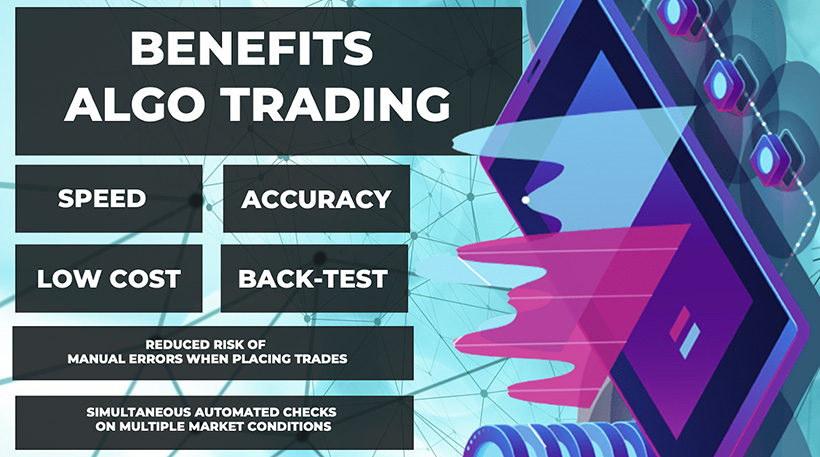
Il trading algoritmico sta migliorando costantemente e diventando sempre più redditizio. Oltre alla velocità, ai costi operativi ridotti e alla disinvoltura, che sono le principali caratteristiche di questo metodo, il trading algoritmico nel Forex ha altri vantaggi:
- Si tratta di un modo per diversificare gli asset. Alcuni trader utilizzano due account: su uno commerciano manualmente, sull'altro utilizzano un metodo algoritmico.
- L'algoritmo può essere eseguito basandosi su dati passati, non attuali. Pertanto, il metodo è adatto per il test preliminare di scenari individuali e per determinare la redditività di una particolare strategia.
- Nessun errore durante l'inserimento manuale dei dati.
- Le transazioni vengono effettuate in grandi volumi e ai migliori prezzi.
- La redditività potenziale della transazione viene controllata automaticamente e istantaneamente. Questo avviene basandosi su vari segnali che non possono essere analizzati così rapidamente a mano.
- Il trader implementa un approccio sistematico, che è il più efficace tra tutti quelli esistenti.
Il metodo non ha solo vantaggi evidenti e possibilità aggiuntive, ma è anche associato a determinati rischi. In particolare, si tratta delle seguenti cose:
- L'algoritmo funziona rapidamente e automaticamente. Qualsiasi errore porta a perdite significative.
- I casi di fallimenti della carne sono registrati nella storia. Sembra un rapido calo dei prezzi di determinati asset e poi un rapido recupero. Il caso più famoso di un tale crollo è stato il crollo dell'indice Dow Jones nel 2010. L'indice è sceso di 100 punti in 10 minuti e ha scatenato numerose ordini automatici.
- L'algoritmo funziona esclusivamente basandosi sulle regole e i modelli su cui il trader si affida. Allo stesso tempo, non controllano il conto. A volte lo specialista dimentica le impostazioni del programma automatico, anche quando è necessario modificare determinati parametri.
Quindi, il trading algoritmico ha rischi e benefici, proprio come qualsiasi altro metodo di lavoro nel mercato Forex. Tuttavia, il bonus più importante è l'opportunità di guadagnare più facilmente. Questo è attivamente utilizzato sia dai principali attori di mercato che dai trader che hanno capito come funziona.
Il Succo
Il trading algoritmico rende il mercato Forex più trasparente e l'attività del trader sistematizzata ed efficiente. Le strategie algoritmiche si basano su discrepanze di prezzo e sfruttano queste opportunità di profitto. Tuttavia, questo metodo di lavoro con il mercato è associato a determinati rischi. L'attenzione dei partecipanti al mercato è concentrata su come minimizzare i potenziali problemi aumentando nel contempo il numero di vantaggi di tale metodo.
Attualmente, le strategie algoritmiche sono attivamente utilizzate dai grandi partecipanti al mercato e dai trader che comprendono la programmazione o ordinano la creazione di software speciale per il trading secondo i parametri dati. Allo stesso tempo, non bisogna confondere il trading automatico con quello algoritmico. Il trading automatico avviene sulla base di una piattaforma di trading o un'altra, mentre l'uso di modelli proprietari richiede lo sviluppo e la configurazione di software specifico.


